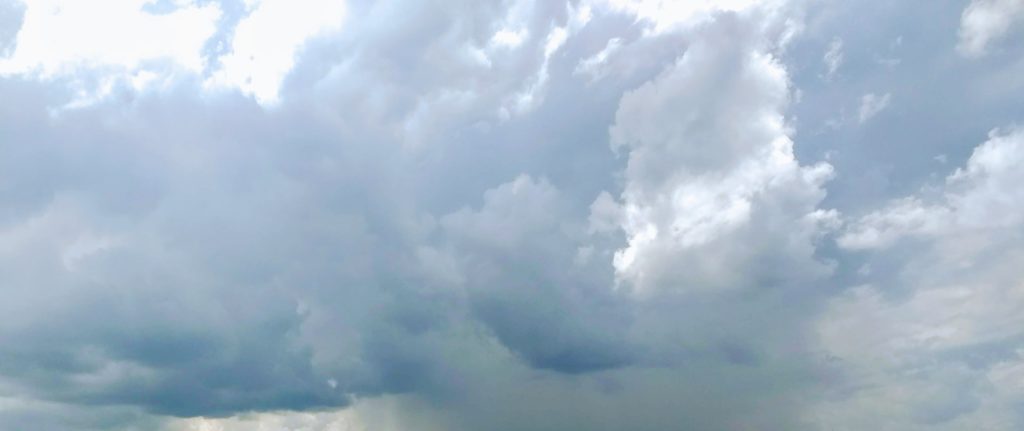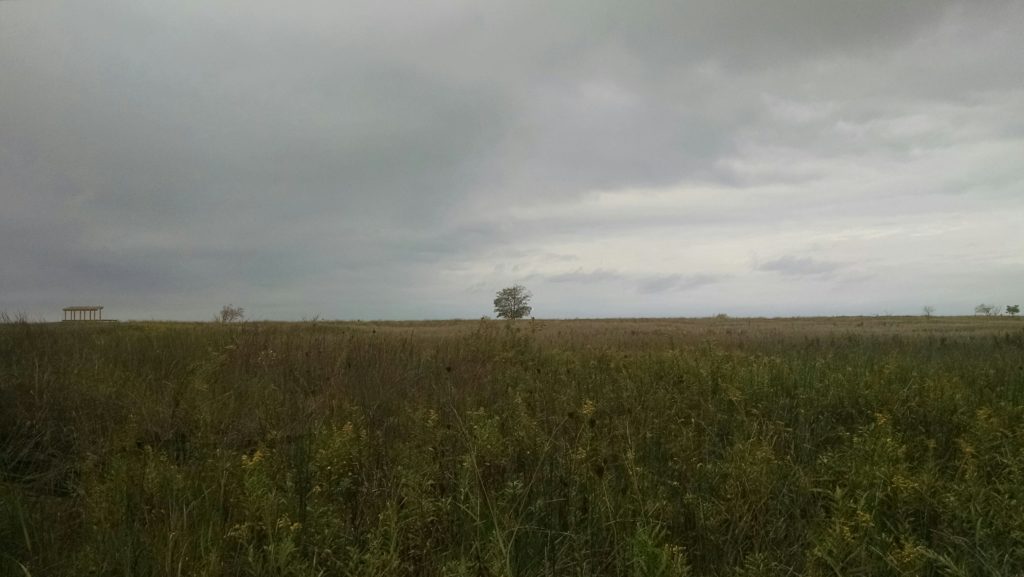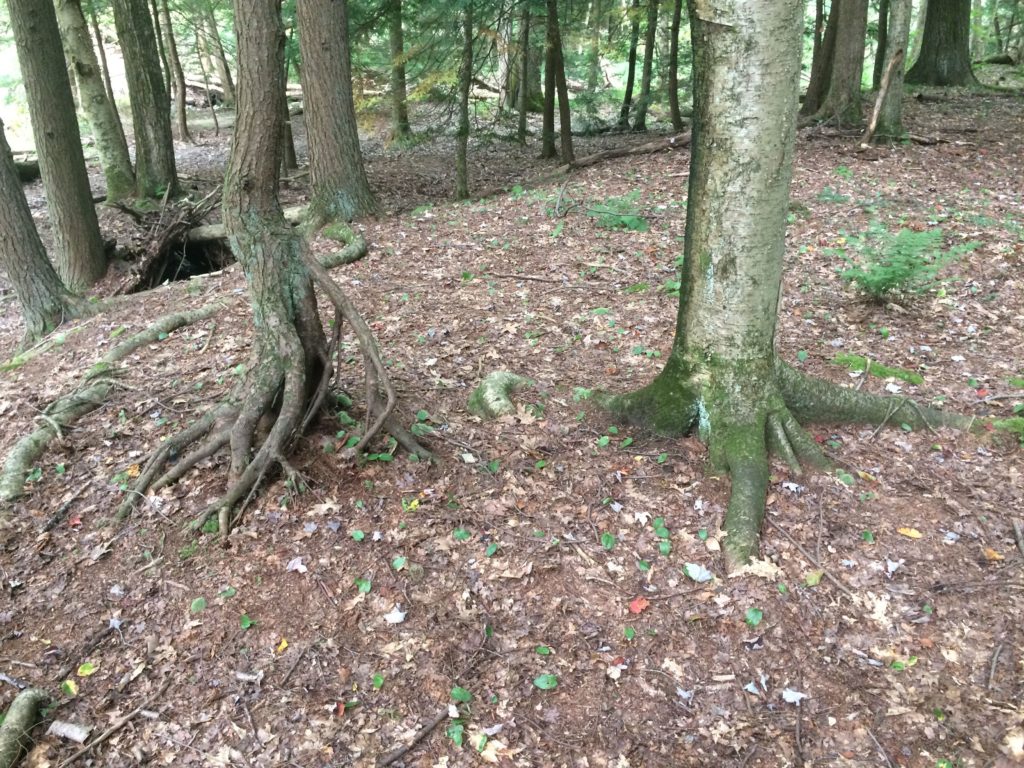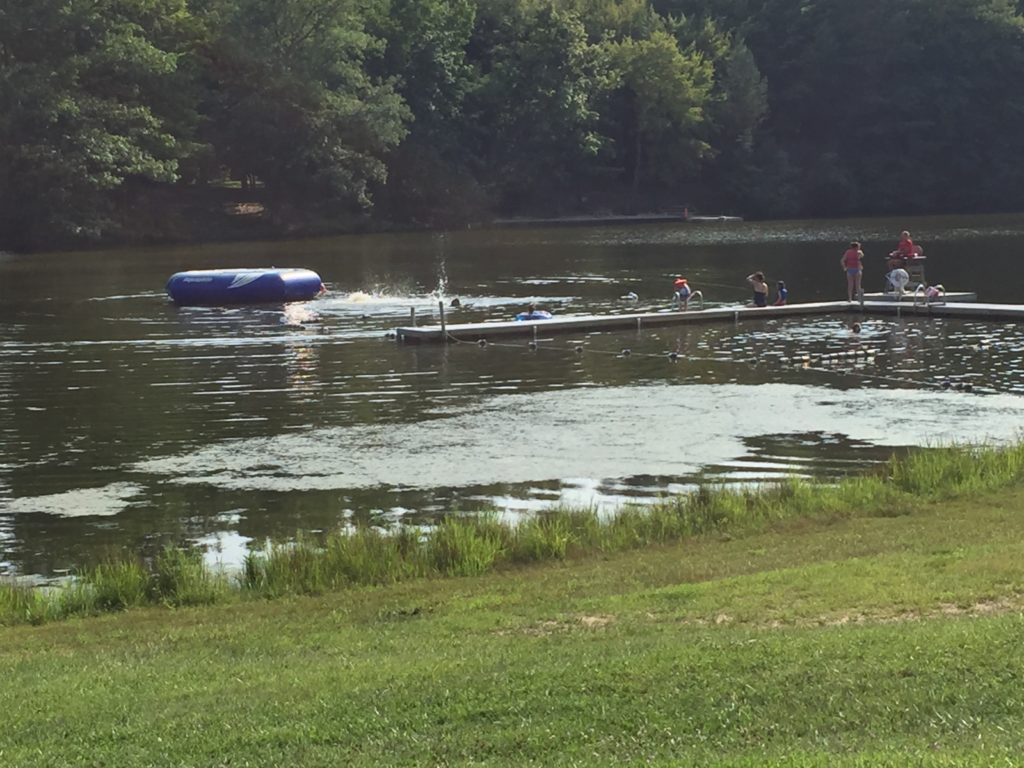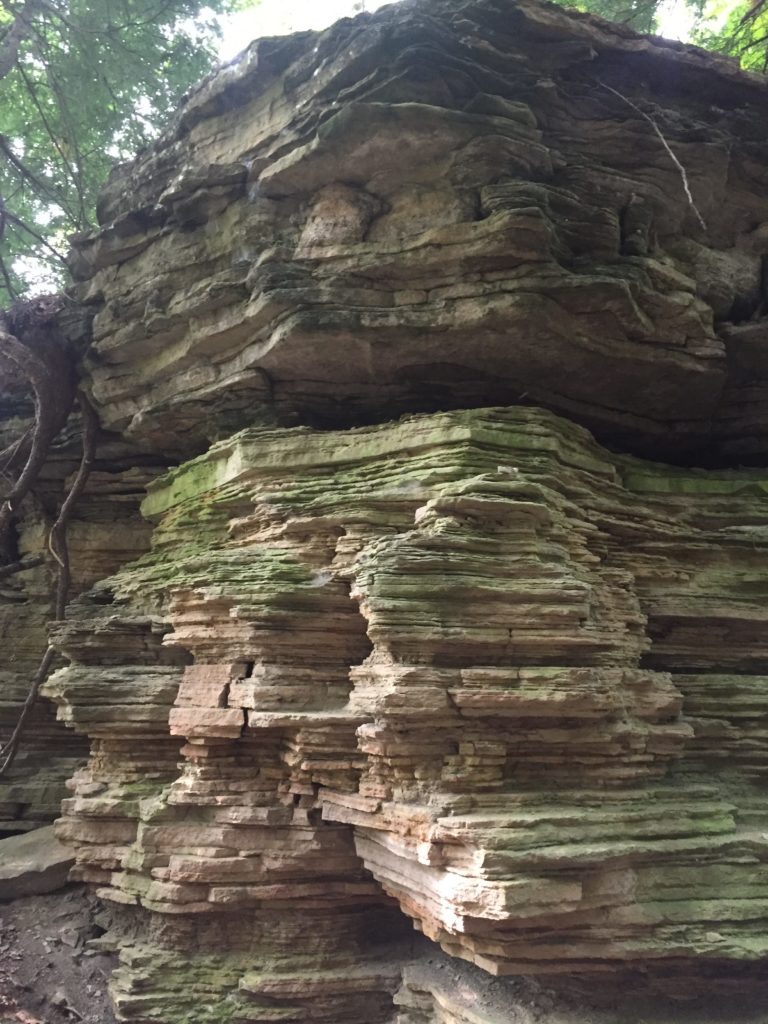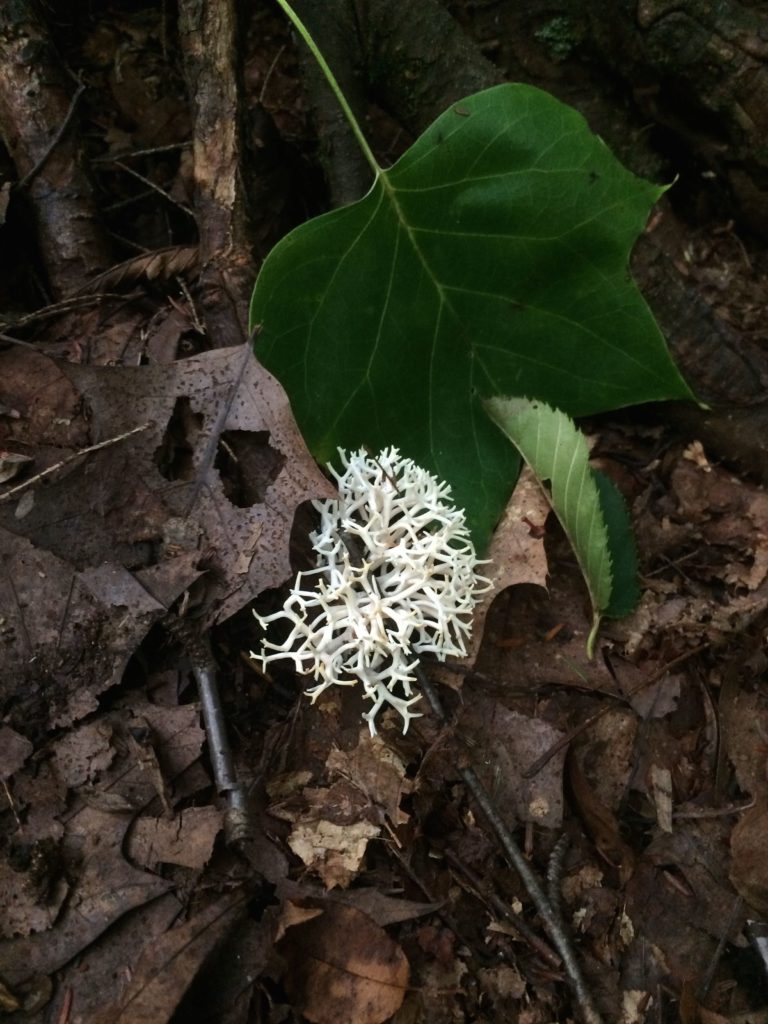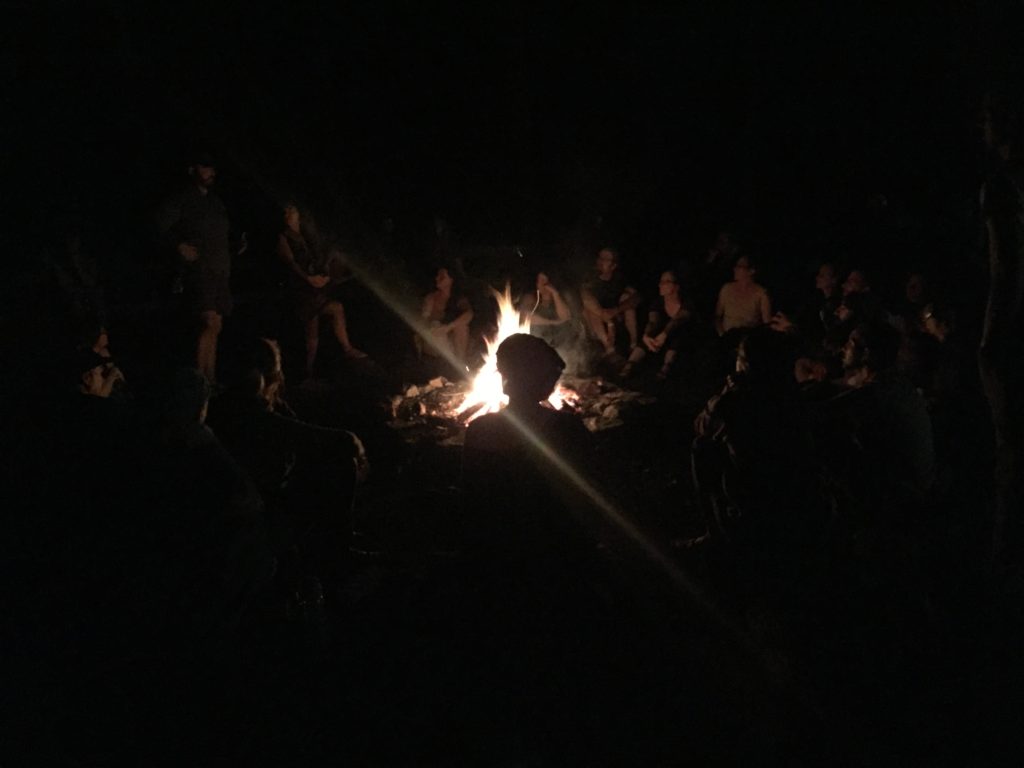by Elsa Johnson
One of the things I find interesting about the Natural History Museum’s annual late summer symposium is who goes to it. You expect naturalists, conservationists, ecologists – and also teachers, students, volunteers, and birders — but there are a large number of others who attend simply because they are interested in a diversity of nature related subjects. This on a work day…. In an auditorium known for hovering only a few degrees above arctic (Note: ALWAYS bring a hoodie).
This year’s symposium presented a pleasing breadth of topics, and most of them were rooted in Ohio — but not all. The morning keynote speaker, Jennifer Collins, who is Manager of Ocean Education at the Smithsonian National Museum of Natural History spoke on the educational uses of the biocube. A biocube is an open cube made of — its space defined by — peripheral tubes linked together to measure a cubic foot. Organisms can freely pass through the cube, which is then located on a chosen research site and intensely studied over the course of a day. Everything that passes through it, under it, over it, or past it, is examined and recorded before being released. They make up the cube’s biomass; generally, the more complex the environment being studied, the greater number and diversity of organisms that will be recovered. The tool used for identification is the app called: iNaturalist, available to anyone as a download. The model used is Q?rius, also available online, through the Smithsonian site…designed to “bring the museum’s collections, scientists, and research out from behind the scenes and within your reach. The biocube, and iNaturalist and Q?rius are great educational tools to engage students at every stage in the study of nature.
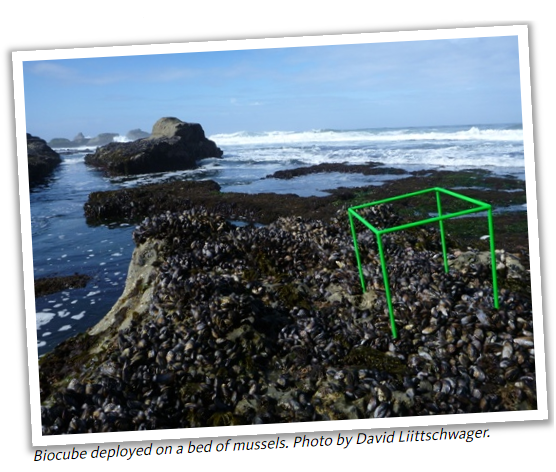
Another morning talk was called: The State of Dragons. Presented by Linda Gilbert and Jim Lemon, this was an update on dragonflies, of which, we were told, there are 170 (ish) species in Ohio. Lest we think dragonflies too fragile looking and benign, we were reminded that these magical looking creatures of the gossamer wings are predators at every step, through every stage, of their transformative lives. We learned that it is the males that frequent water, while the females, which prefer to spend their adult lives farther afield, come to water lay their eggs. Kinda of like the girls of a Friday night visiting the neighborhood pub. iNaturalist, again, can help with ID.
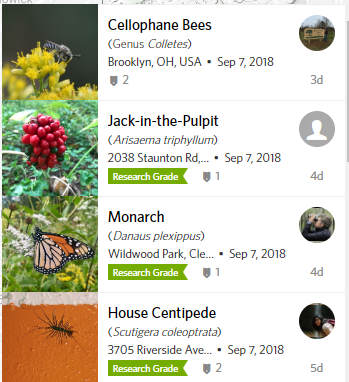
A more depressing morning session was plant health specialist David Lentz’s talk on the invasive insects and pathogens that have killed, are killing, and are going to kill so many of our Ohio trees. This was his list: Dutch elm disease; the Japanese beetle (crops); the brown marmorated stink bug; the emerald ash borer; the hemlock wooly adelgid; the Asian long horned beetle (maples); the velvet long horned beetle (everything – its indiscriminate); thousand canker disease (walnut); the spotted lantern fly (pines, stone fruits); beech leaf disease; beech scale insects; laurel wilt disease ; the redbay ambrosia beetle (spicebush and sassafras – oh no). I would add oak wilt and two lined chestnut borer. There goes the mixed hardwood forests of northern Ohio. Isn’t that depressing….
What trees does Lentz recommend? — bald cypress; cucumber magnolia; Kentucky coffee tree; black gum; black maple; northern catalpa; big toothed aspen; and tulip poplar. Good luck with all that. And remember: avoid monocultures.
Lunch was followed by the afternoon keynote speaker, Chris Martine, the David Burpee Chair in plant genetics and research as well as Director of the Manning Herbarium, Bucknell University in Lewisburg, Pennsylvania, who spoke on using good communication skills to get your narrative across: #1 – own your narrative; #2 – produce good work; #3 – choose your story; #4 – write and share; #5 –do the legwork. And then when all that has been done, your article or presentation should be multi-layered, possess some attention getting and keeping novelty, and have good visuals. Of course he provided examples, which don’t translate well to this review… but one example (of several) that he provided was his #PlantsAreCoolToo video series, also found on Uzay Sezen’s Nature Documentaries site.

This was followed by the afternoon sessions.
The first of these was Scott Butterworth’s talk on the history and management of white-tailed deer in Ohio. I can remember, as a child growing up in a still-very-rural (at that time) east side of Twinsburg (now the location of Liberty Park), the thrill of seeing a small herd of deer running through a neighbors field and effortlessly leaping a fence row as if no serious barrier existed. So I was interested to learn that there was a time in Ohio when both the hardwood forests and the deer had both been largely extirpated by logging/habitat removal (there’s an example of adding a little novelty to your presentation), and that between 1998 and 2008 the deer herd doubled. Today, we learned, we are seeing a decline in deer pregnancy numbers, and our coyotes – whose population seems to be stabilizing – are acting as effective predators. I can actually anecdotally verify that, as several times in the past recent years hikers have reported stumbling across deer haunches, or what remained of them, in Forest Hill Park. For more information on deer, the ODNR site to visit is WildOhio.gov.
This was followed by a presentation by John Watts on efforts to restore and preserve the native tall grass prairies of the Darby Plains, Madison County, geographically just west of Columbus and Franklin County. Two areas in the preserve are the Bigelow Cemetery and the Smith Cemetery Nature Preserves. These preserves, with deep soils and 350 year old Burr Oak trees, are located within (?) (I hope I have this right – my notes are not clear) the Pearl King Prairie Savanna, a 6070 acre wet prairie in the watershed of the Big Darby Creek. As part of the restoration, the drainage tile that had been installed to turn the wet prairie into well-drained tillable farmland, had to be exposed and broken. Buffalo have been re-introduced to this prairie, as well as thirteen-lined ground squirrels (that is their title) and hellbenders. Plants to be found there are Stiff Gentian, Tall Larkspur, Royal Catchfly, Sullivant’s Milkweed, Queen of the Prairie; Bunch Flower, Coneflower, Black-eyed Susan, and more. This would be a fairly easy day trip for those who want to see a tall grass prairie with buffalo without traveling west of the Mississippi River. Bonus: Water quality in the Big Darby is improving due to less sedimentation.
Two additional presentations were on areas closer to home and close to our hearts — one on restoring biodiversity at Acacia Reservation, and the other on the tragic history and hopeful recovery of the Mentor Marsh. Because Gardenopolis Cleveland has published David Kriska’s story of the Mentor Marsh in the past year, we are not including it today.
Connie Hauseman, who is a plant and restoration ecologist with the Cleveland Metroparks, described the process that has turned Acacia, a 155 acre fairly sterile golf course environment into a restored biologically diverse environment (which will get better and better). Like the Prairie project described above, the drain tile underlying the golf course fairways had to be exposed and destroyed. That was merely part of an extensive planning process. In addition to tile breaking the planning and early implementation stages included soil mapping, vegetation mapping, stream surveys, water level logging, deer browse pressure studies (via Hawken students), meadow establishment, invasive plant management, tree planting (5000 trees and shrubs, all native), and most importantly, stream restoration (1,775 linear feet of stream channel) and the construction of headwater swales to slow water down. Since the restoration, 139 different bird species have been documented. This is an easy one – put on your hiking shoes. Acacia reservation is on the north side of Cedar Road opposite Beachwood Mall. Go see.
We have also omitted one of the morning sessions: Sarah Brink, of Foxfield Preserve, speaking on Completing the Cycle: Finding Comfort in Conservation Burial. This is a subject about which we would like to write in the future.
